Leadership Microcredentials |
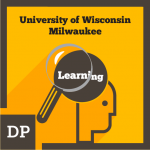 Using Action Research to Improve Teaching and Learning Using Action Research to Improve Teaching and LearningSelect an educational problem based on classroom data and generate a research question. Engage in a literature review of the problem. Develop a research design that will yield data which offers responses to the question in order to improve classroom practice. |
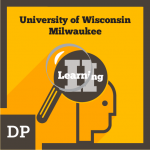 Using Action Research to Improve Teaching and Learning II Using Action Research to Improve Teaching and Learning IIEngage in an action-research project that draws on a question from classroom data, viewed through current research and (re)examined through the systematic analysis of classroom data to yield responses to improve professional practice and student learning outcomes. |
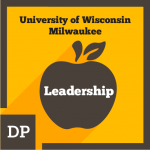 Designing and Supporting Teacher Learning I Designing and Supporting Teacher Learning IUtilize research to understand the theoretical underpinnings of teacher learning, professional development, and leadership as it relates to their analysis of school-based learning data and gaps among high-need student subgroups, and analysis of student learning data. |
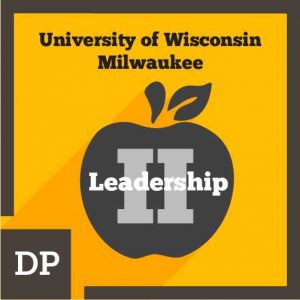 Designing and Supporting Teacher Learning II Designing and Supporting Teacher Learning IIBuild on work completed for Part I. Examine the alignment between and among learning data, students’ opportunities to learn, and teachers’ current instructional practice, then design a capacity-building professional development program to improve pupil learning through the continuous improvement of educator’s instruction and a re-structuring of policies and practices. |
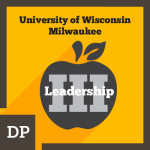 Designing and Supporting Teacher Learning III Designing and Supporting Teacher Learning IIIEvaluate the outcomes of the Professional Development Initiative implemented through the Designing and Supporting Teacher Leadership II micro-credential.This competency builds on work completed for the Designing and Supporting Teacher Leadership I and II. |
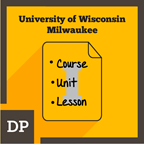 Instructional Design I: Developing a Course Curriculum Instructional Design I: Developing a Course CurriculumDesign a curriculum for a new course that is sustainable over time and provide support for instructors who are learning and teaching the course. |
 Instructional Design II: Developing and Piloting Units and Lessons Instructional Design II: Developing and Piloting Units and LessonsUse a curriculum outline for a course to build units, lessons, and assessment rubrics. |
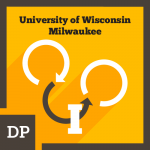 Classroom-based Assessments to Improve Teaching and Learning I Classroom-based Assessments to Improve Teaching and Learning IExamine relationships among pupil learning, instruction, and the multiple ways we reason from evidence obtained from classroom-based assessments to upgrade the assessment style within an existing curricular unit. |
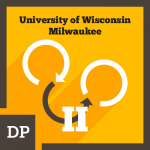 Classroom-based Assessments to Improve Teaching and Learning II Classroom-based Assessments to Improve Teaching and Learning IIExamine the theoretical and fundamental design components of classroom-based assessment tasks. |
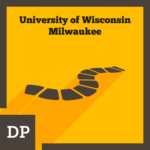 Planning to Lead Instructional Change in Mathematics and Science Planning to Lead Instructional Change in Mathematics and ScienceIdentify design principles for leading educational change and link them to specific features of teacher professional development and/or curriculum design to be enacted in a forthcoming instructional change initiative. |
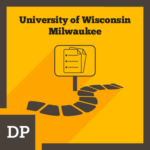 Curriculum Development and Implementation Curriculum Development and ImplementationLead a year-long instructional change initiative focused on curriculum development and identify design principles and other considerations related to curriculum design. |
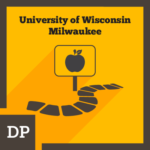 Professional Development Design and Implementation Professional Development Design and ImplementationLead a year-long instructional change initiative focused on professional development and identify features of high-quality professional development to focus on during the design process. |
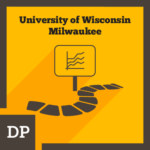 Data Collection and Analysis Data Collection and AnalysisLead a yearlong instructional change initiative and identify a construct to study in the context of the leadership project. |
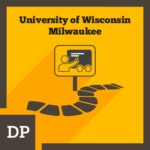 Developing as a STEM Teacher Leader Developing as a STEM Teacher LeaderLead a year-long instructional change initiative and reflect on growth as a teacher leader during the project. |
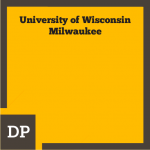 Sharing Outcomes and Reflections Sharing Outcomes and ReflectionsReflect on the outcomes of leading a year-long high school science and/or mathematics instructional change initiative. |
Pedagogy Microcredentials |
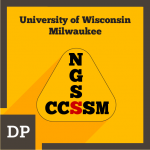 NGSS and CCSSM in Action NGSS and CCSSM in ActionPlan, teach, and analyze a lesson focused on high-need topics in the Next Generation Science Standards (NGSS) or the Common Core State Standards for Mathematics (CCSSM) (such as statistics or environmental science) to improve teaching practice and student learning. |
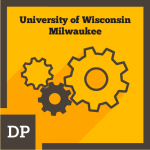 Student Engagement and Motivation in STEM Education Student Engagement and Motivation in STEM EducationInvestigate factors of student motivation and teaching practices related to tasks and instructional design, teacher-student interaction, and feedback and formative assessment that have the potential to increase student engagement. |
 Developing Conceptual Understanding through Task Selection Developing Conceptual Understanding through Task SelectionInvestigate a framework for selecting and implementing high cognitive demand tasks in mathematics and science, examine factors that support or inhibit the maintenance of a high level of cognitive demand during implementation, and plan and analyze a lesson related to such that improves professional practice and student learning outcomes. |
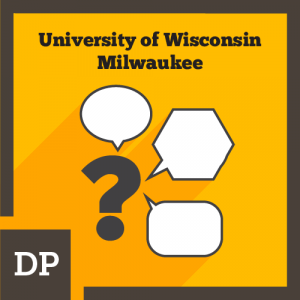 Questioning and Discourse Questioning and DiscourseAnalyze the types, purposes, and patterns of the questions asked in mathematics and science lessons. Using research-based frameworks, plan at least three lessons focused on eliciting student thinking and analyze the questions planned and the questions asked. |
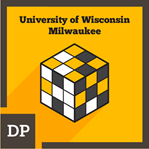 Supporting Productive Struggle Supporting Productive StruggleInvestigate the nature of productive struggle and ways in which it can be promoted in the classroom. |
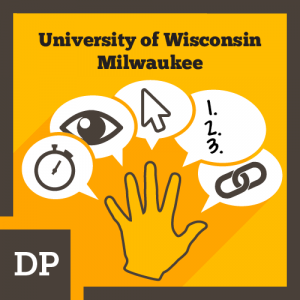 Five Practices for Orchestrating Productive Mathematics and Science Discussions I Five Practices for Orchestrating Productive Mathematics and Science Discussions IUse the five practices framework to plan and execute a mathematics or science lesson that includes a discussion based on a task of high cognitive demand. |
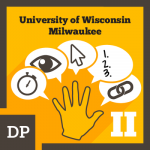 Five Practices for Orchestrating Productive Mathematics and Science Discussions II Five Practices for Orchestrating Productive Mathematics and Science Discussions IIDeepen use of the five practices for orchestrating productive discussions framework by developing new routines for each aspect of the planning, teaching, and reflection process in mathematics or science lessons. |
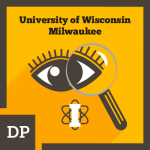 Planning and Implementing Open Inquiry in Science I Planning and Implementing Open Inquiry in Science Iinvestigate the purpose of open inquiry lessons in context of authentic student experiences in science. |
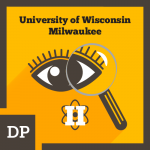 Planning and Implementing Open Inquiry in Science II Planning and Implementing Open Inquiry in Science IIInvestigate key concepts of Process Oriented Guided Inquiry Learning (POGIL) activities, investigating the activity design, student tasks, and teacher role in that context. |
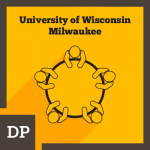 Productive Small Group Work Productive Small Group WorkUse a cooperative learning strategy within their science or mathematics classroom and examine the impact on learning. |
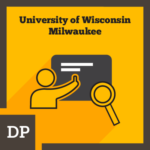 Analysis of Classroom Instruction I Analysis of Classroom Instruction ILearn to use a classroom instruction observation and analysis system and tool within the science or mathematics classroom. |
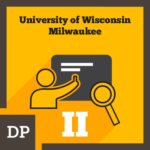 Analysis of Classroom Instruction II Analysis of Classroom Instruction IIUse a formal analysis of classroom instruction to collaborate on co-designing and implementing an action research-based inquiry. |
 Culturally Relevant Pedagogy Culturally Relevant PedagogyUnderstand the framework of culturally relevant pedagogy in the context of secondary mathematics and science instruction and how traditional math and science teaching should be “disrupted” to better support learning by students from backgrounds different from their own. |
Content Microcredentials |
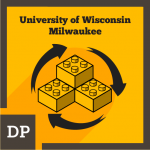 Models and Modeling I Models and Modeling IScience | Mathematics Investigate the use of models and modeling as they pertain to the Next Generation Science Standards or Common Core State Standards for Mathematics and investigate resources for use in classrooms. Then plan and analyze a lesson related to such that improves professional practice and student learning outcomes. |
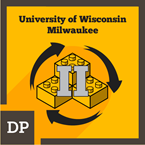 Models and Modeling II Models and Modeling IIInvestigate the ways in which a modeling task can help to surface student misconceptions. |
 Matter and Energy Matter and EnergyInvestigate a specific concept pertaining to the crosscutting concept of matter and energy. |
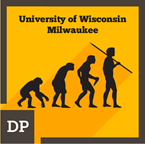 Evolution in Action Evolution in ActionInvestigate the teaching of evolution, then plans and analyze a lesson that relates to this concept to improve professional practice and student learning outcomes. |
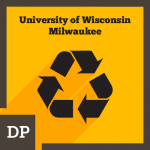 Environmental Education and Education for Sustainability Environmental Education and Education for SustainabilityDesign an education for sustainability project for their classroom, school, or a community organization. |
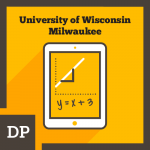 Teaching Math with Technology A: Focus on Rates of Change in Algebra Teaching Math with Technology A: Focus on Rates of Change in AlgebraUse technological tools to plan and execute a secondary mathematics lesson focused on representing change/rates of changes. |
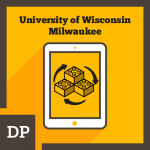 Teaching Math with Technology B: Focus on Mathematical Modeling Teaching Math with Technology B: Focus on Mathematical ModelingUse technological tools to plan and execute a secondary mathematics lesson focused on mathematical modeling. |
Our microcredentials have been developed in partnership with Digital Promise.
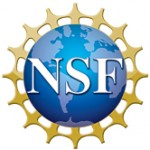 This project is funded by a grant from the National Science Foundation (awards 1540840 and 1557397) to the University of Wisconsin Milwaukee. The content on this site does not necessarily reflect the views of the NSF.
This project is funded by a grant from the National Science Foundation (awards 1540840 and 1557397) to the University of Wisconsin Milwaukee. The content on this site does not necessarily reflect the views of the NSF.